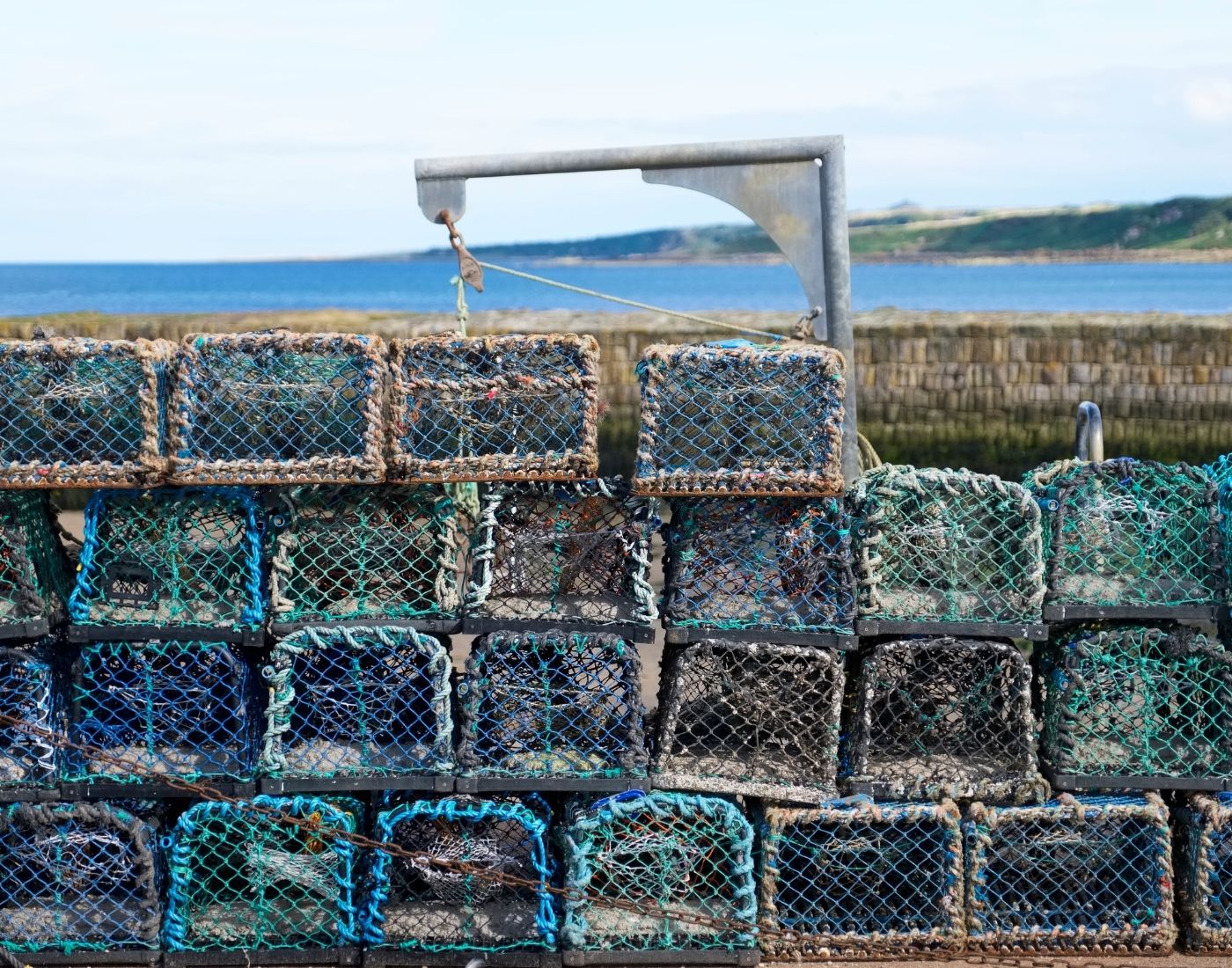Certain species of phytoplankton can produce biotoxins, which can accumulate in the tissues of the LBM. Therefore, as a potential early warning system, In the phytoplankton monitoring programme, water samples are collected from fixed sites within selected harvesting areas and the composition of marine algae identified and enumerated.
water samples are collected from classified production areas and analysed by light microscopy for various species of phytoplankton as part of the OC monitoring programme. Alert level phytoplankton concentrations have been set as per the table below and harvesters should take the necessary precautions if harvesting LBMs under alert conditions.
Phytoplankton alert levels set by National Reference Laboratory network:
| Biotoxin | Phytoplankton | Alert |
|---|
| PSP (Saxitoxin) | Alexandrium | Equal to or greater than 40 cells/litre of Alexandrium |
| DSP (Okadaic acid) | Dinophysis and Prorocentrum lima | Equal to or greater than 100 cells/litre of Dinophysis Equal to or greater than 100 cells/litre of P. lima |
ASP (Domoic Acid) | Pseudo-nitzschia | Equal to or greater than to 50,000 cells/litre of Pseudo-nitzsch |
During the shellfish classification year, the phytoplankton monitoring frequency was set by FSS as:
- Weekly for all sites between March and September;
- Fortnightly in October
- Monthly sampling from November to February (in a limited number of selected areas, to reflect the low abundance of phytoplankton in the water column during the winter months).
Managing shellfish toxin risks in the scallop sector
This guidance document, provides information intended to assist enforcement officers and food businesses in the scallop sector in order to ensure compliance with toxin standards set out in Regulation (EC) 853/2004.
Chemical contaminants
LBMs feed by filtering plankton from the surrounding water that washes through their habitat. This feeding mechanism can lead to the bio-accumulation of environmental pollutants such as dioxins, polychlorinated biphenyls (PCBs), heavy metals and polycyclic aromatic hydrocarbons (PAHs) from the surrounding waters. EU legislation defines legal limits to ensure the control of these contaminants in a range of foods including shellfish. In accordance with retained EU law, FSS manages the OC chemical contaminants monitoring programme.
In this programme, shellfish flesh samples are collected from classified production areas and analysed for heavy metals, dioxins, PCBs and PAHs. Levels should not exceed those laid out in Retained EU Regulation 1881/2006, as amended.
Go to Chemical Contaminant Sampling and Analysis of Shellfish from Classified Harvesting Areas for further guidance and data.
The maximum permitted levels of chemical contaminants in shellfish:
| Contaminant | Maximum level (Wet weight) |
| Lead | 1.5mg/kg |
| Cadmium | 1.0 mg/kg |
| Mercury | 0.5 mg/kg |
| Polycyclic Aromatic Hydrocarbons | 5.0 µg/kg for Benzo(a)pyrene 30.0 µg/kg for sum of Benzo(a)pyrene, Benzanthacene, Benzo(b)fluoranthene and Chrysene |
| Dioxins and PCBS | 3.5 pg/g sum of dioxins 6.5 pg/g sum of dioxins and dioxin-like PCBs |
Contact your local authority or shellfish@fss.scot for further information on the data.
For more information on shellfish OCs, monitoring and methodology, contact shellfish@fss.scot

